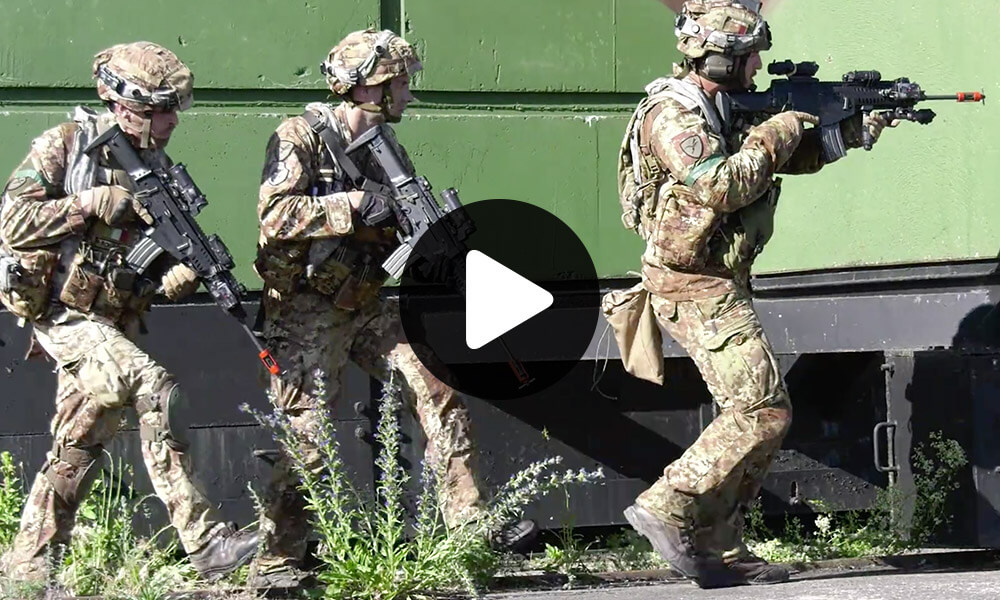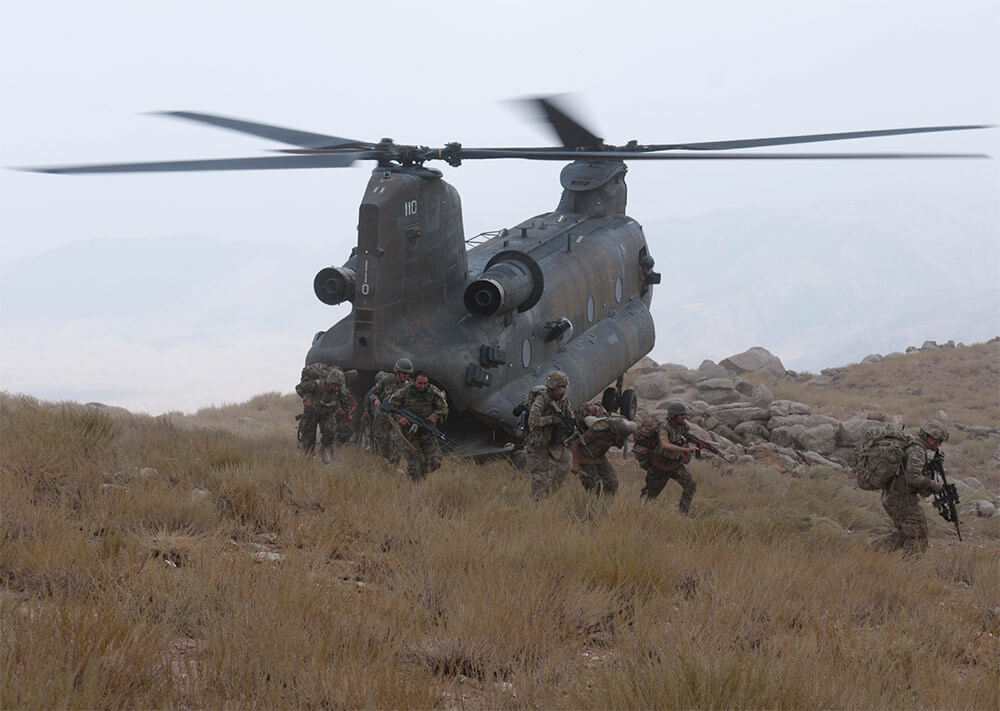
As both Saber Strike and Swift Response involved a large group of participants from multiple countries, U.S. Soldiers were required to account for a diverse set of cultures and procedures. In preparation, Soldiers used their time before the exercise to research and study for the upcoming training.
The Texas Army National Guard’s 1st Battalion (Airborne), 143rd Infantry Regiment was assigned to the 173rd during Swift Response and was joined by platoon- and company-sized elements from Israel, Italy and Portugal.
“Conducting a training exercise in Europe always presents unique challenges,” explained CPT Seth Coolbrith of the 143rd Infantry Regiment. “The training required leading up to the deployment is extensive. Every paratrooper is required to validate numerous training objectives before they arrive.”
Along with pre-deployment training, Mississippi Guard Soldiers devoted time to studying the locations of the exercise and the participants they would be working alongside.
“I worked to understand the organizations to build good relations with those we would need to train, lead and support,” said LTC Hugh McCallum of the 184th Expeditionary Sustainment Command of the Mississippi Army National Guard. “We spent many hours collecting data on the units and organizations in order to better support them.”
As the strategic logistics planner for Saber Strike 18, MAJ David Leiva of the 184th Expeditionary Sustainment Command was tasked with working with the large number of exercise planners coordinating the concepts, movements and critical details of the exercise.
“Due to the [multilateral] component of the exercise, our roles were to ensure multinational interoperability by identifying gaps and vulnerabilities to effectively enhance cooperation, understanding, coordination and unity of effort,” explained MAJ Leiva. “Working on a daily basis with officers of other nations who had a greater understanding of European customs, laws, regulations and capabilities was challenging. This was equally difficult with U.S. officers who were well-versed and experienced in the European theater. Ultimately, my learning curve was quite steep.”


